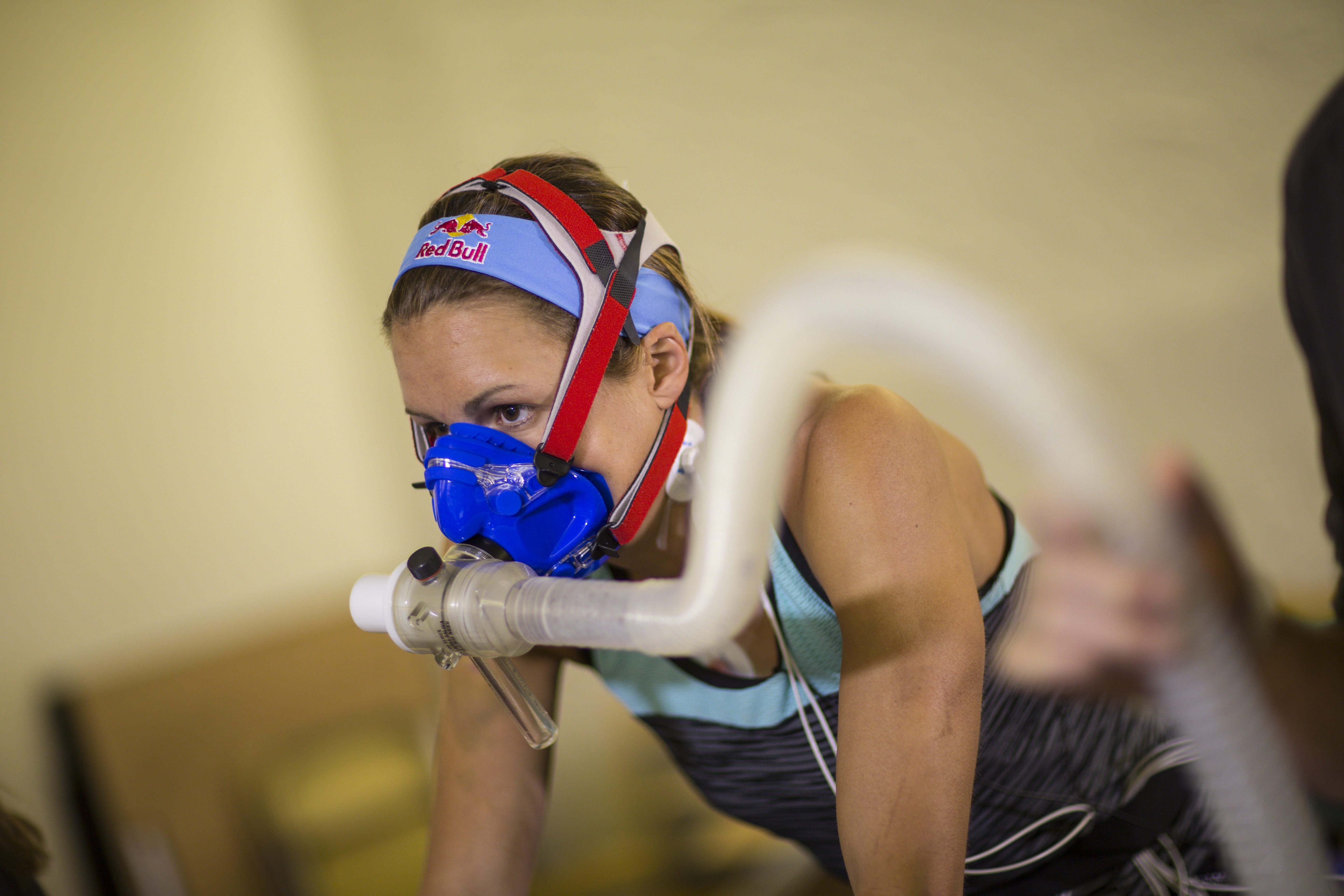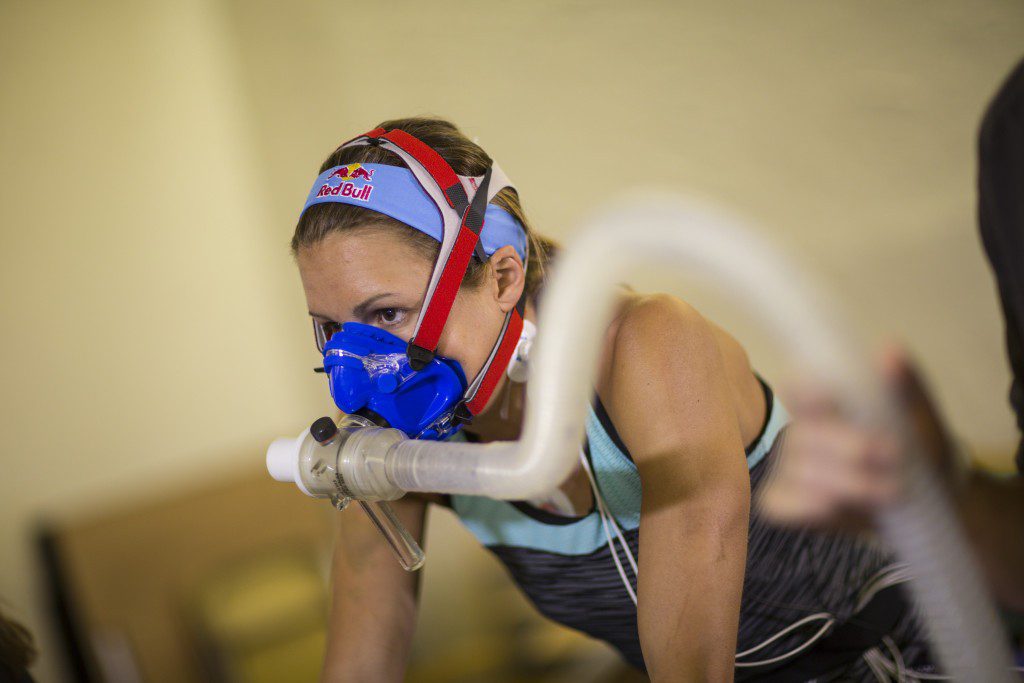Power vs. heart rate: Which is the better tool for training?


— By Paul Duncan
Is it better to use heart rate or power for gauge effort on the bike? The answer is not either or, it’s both.
If an athlete is training for the half or full distance, the bulk of that athlete’s training program should consist mostly of aerobic training. The only way to know if you are in an aerobic training zone is by having pre-determined heart rate zones. Some coaches, however, choose to set up these zones using a power meter. In theory, this can work, but also can be a recipe for forcing the athlete to train too hard.
When using power only, it’s hard to determine just how much stress an athlete is enduring at any given time. Stress is an essential factor in determining what is best for an athlete on any given day. The best gauge of stress is the heart. Heart rate is affected by dehydration, temperature, lack of sleep and the food you eat – essentially everything. So using a measure that takes all these factors into consideration is crucial to ensuring athletes avoid overtraining and burnout.
A power meter is a great way to measure progression. Because performance can vary day to day, athletes should use a power meter as a tool to measure a given output compared to a specific heart rate, then compare this to a previous workout at the same heart rate.
For example, if an athlete holds 150 watts on the bike while in the middle of zone 1 at the beginning of the season, and one month later, holds 160 watts at that same heart rate, then we are seeing progress. Some days fatigue will set in, along with other stressors, and holding that same 150 to 160 watts may force the athlete to go into a zone 2 or 3 heart rate. If this is the case, the athlete using both power and heart rate would know to slow down to get back into an aerobic effort (i.e. zone 1).
There are times, however, where using power would be beneficial as the main standard of measurement. As the athlete gets closer to race time doing some power-focused targets is a good way to push through some barriers to see where the heart rate is when the athlete is rested and ready to put in a solid effort. This will help provide necessary guidelines for race day. Overall a power meter is a powerful tool and is best used in conjunction with heart rate.
Paul Duncan is a coach with outstripendurance.com
